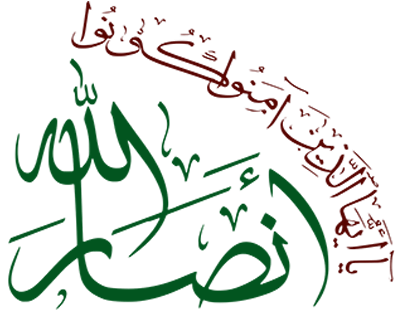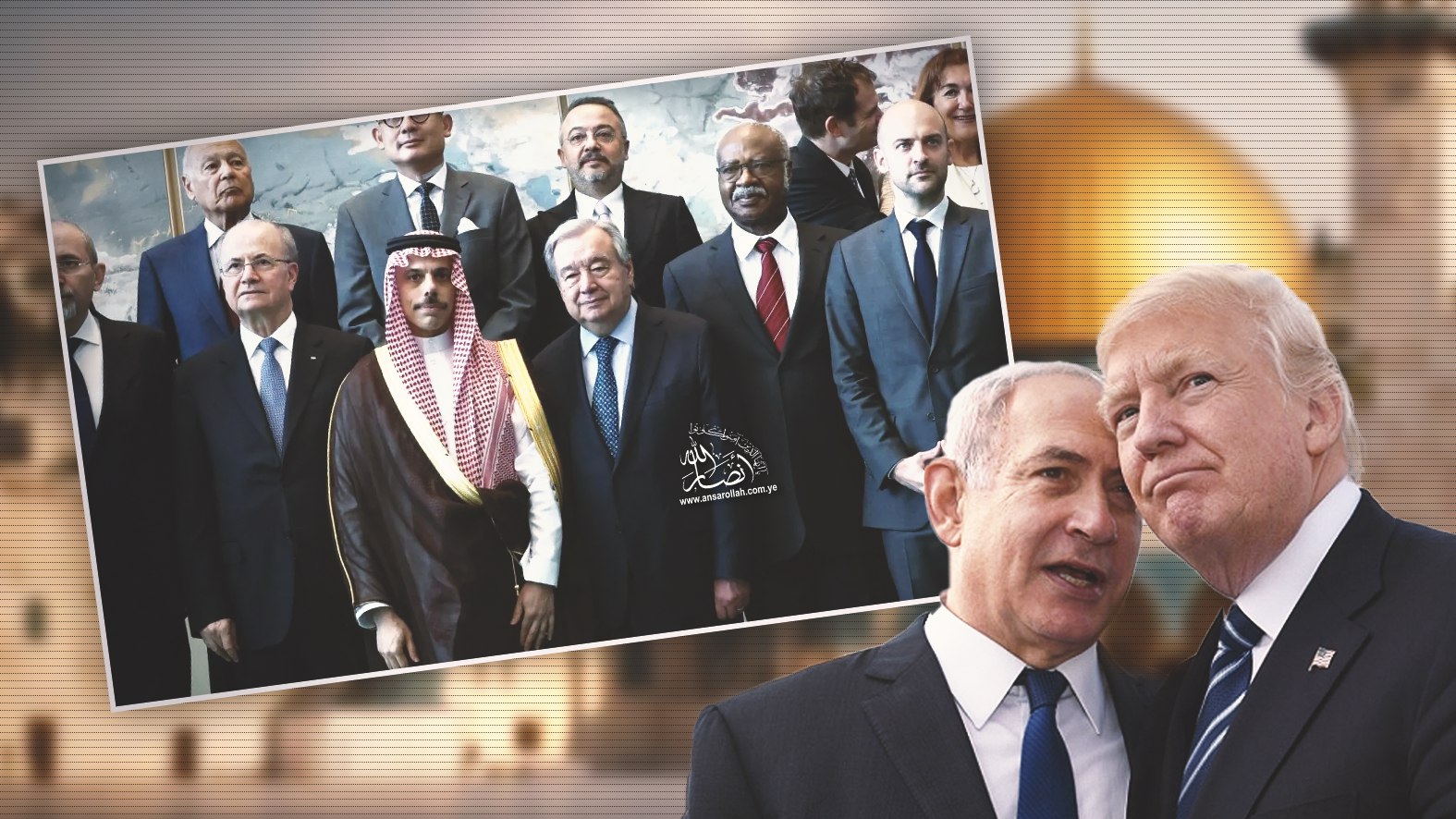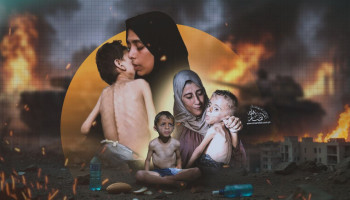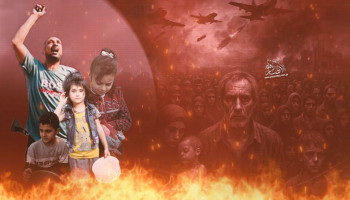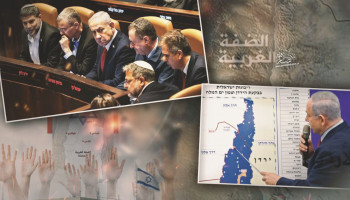The recently unveiled New York Declaration, issued during what was billed as an international conference to advance a peaceful resolution to the Palestinian question through the “two-state solution,” arrives at a perilous moment. As the Zionist entity’s brutal offensive on Gaza continues, civilians face rising casualties, mass displacement, and a deepening famine. Against this backdrop, the declaration has sparked widespread debate: Does it represent a genuine effort to end the crisis, or is it a calculated move to rehabilitate the international community’s damaged reputation?
The declaration was backed by 19 countries and organizations, including France, Saudi Arabia, Brazil, Canada, Egypt, Indonesia, Ireland, Italy, Japan, Jordan, Mexico, Norway, Qatar, Senegal, Spain, Turkey, and the United Kingdom, in addition to the European Union and the Arab League. Yet notably absent from the initiative was the United States—the entity’s largest benefactor, security guarantor, and foremost ally.
The lack of American leadership on the issue raises crucial questions about the effectiveness of any diplomatic effort that does not bear Washington’s endorsement. Can a genuine international solution be enforced without U.S. pressure on the Israeli entity? Or is the absence of such pressure a signal that these efforts are symbolic at best?
Critics have pointed to the declaration’s language as reinforcing a misleading symmetry between the parties. By condemning “attacks from either side,” the statement appears to equate the Israeli military—armed with advanced weaponry and international support—with a largely defenseless, besieged population under occupation.
This framing, analysts argue, whitewashes the role of the aggressor and criminalizes legitimate resistance, implying parity in responsibility and capacity that simply does not exist. The result is a distortion that further entrenches injustice under the guise of neutrality.
The declaration calls for a halt to settlement activity, full Israeli withdrawal from Gaza, and the recognition of a Palestinian state based on 1967 borders—all longstanding Palestinian demands consistently rejected by Zionist leadership.
Despite these seemingly bold calls, the statement lacks any binding mechanisms to enforce them. Without real-world leverage, these provisions risk being dismissed as rhetorical gestures designed more to appease public opinion than to achieve tangible outcomes.
Moreover, the declaration calls for political unity between Gaza and the West Bank under a single Palestinian authority, while the entity continues to bomb Gaza, fuel internal divisions, and pass laws to legalize West Bank annexations. The contradiction is stark: paper commitments versus a reality on the ground that moves in the opposite direction.
One of the most glaring omissions in the declaration is the absence of any mention of sanctions or punitive measures should Israel violate its commitments, if such commitments are made at all. The failure to attach consequences to non-compliance signals a lack of international resolve, suggesting that preserving geopolitical alliances takes precedence over upholding justice and human rights.
Even more contentious is the declaration’s demand for Palestinian factions to disarm—portrayed as destabilizing elements—while Israel’s massive military arsenal, including its undeclared nuclear capabilities, remains unquestioned. This imbalance underscores a double standard: the demand that the occupied surrender their means of defense, while the occupier faces no scrutiny.
The declaration urges an immediate ceasefire and unrestricted humanitarian aid. Yet, on the ground, the blockade tightens and starvation spreads. The gap between humanitarian language and practical impact raises urgent concerns: What is preventing this most basic of measures? Does the global community lack the will—or the tools—to break the Israeli entity’s stranglehold on Gaza?
Proposals to deploy an international protective mission also appear unrealistic, given the entity’s likely rejection and the questionable ability of the United Nations to enforce such a measure if met with resistance.
Saudi Arabia’s prominent role in promoting the declaration has drawn particular scrutiny. By presenting normalization and peace initiatives as pragmatic paths forward, critics argue Riyadh is contributing to the dilution of Palestinian rights in pursuit of strategic gains with Western powers and the Israeli enemy.
What benefit, they ask, does Saudi Arabia derive from supporting a solution that ignores the core of the conflict: settler-colonial occupation, the erasure of identity, and land dispossession?
Any solution that fails to confront these foundational issues will, observers warn, merely prolong the occupation under a new guise.
The declaration, stripped of enforcement tools and reliant on diplomatic language, risks becoming yet another addition to the long list of symbolic international documents. Even U.N. Security Council resolutions—backed by institutional authority—have failed for decades to curb settlement expansion or end the occupation.
How, then, can a new declaration without legal weight or political backing be expected to succeed? Without sanctions, pressure, or a shift in global will, such statements may serve only to manage the optics of the crisis, rather than resolve it.
